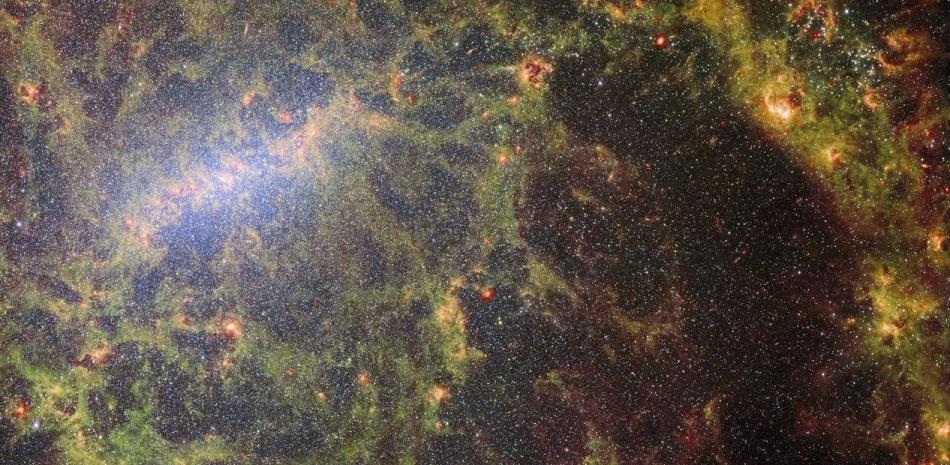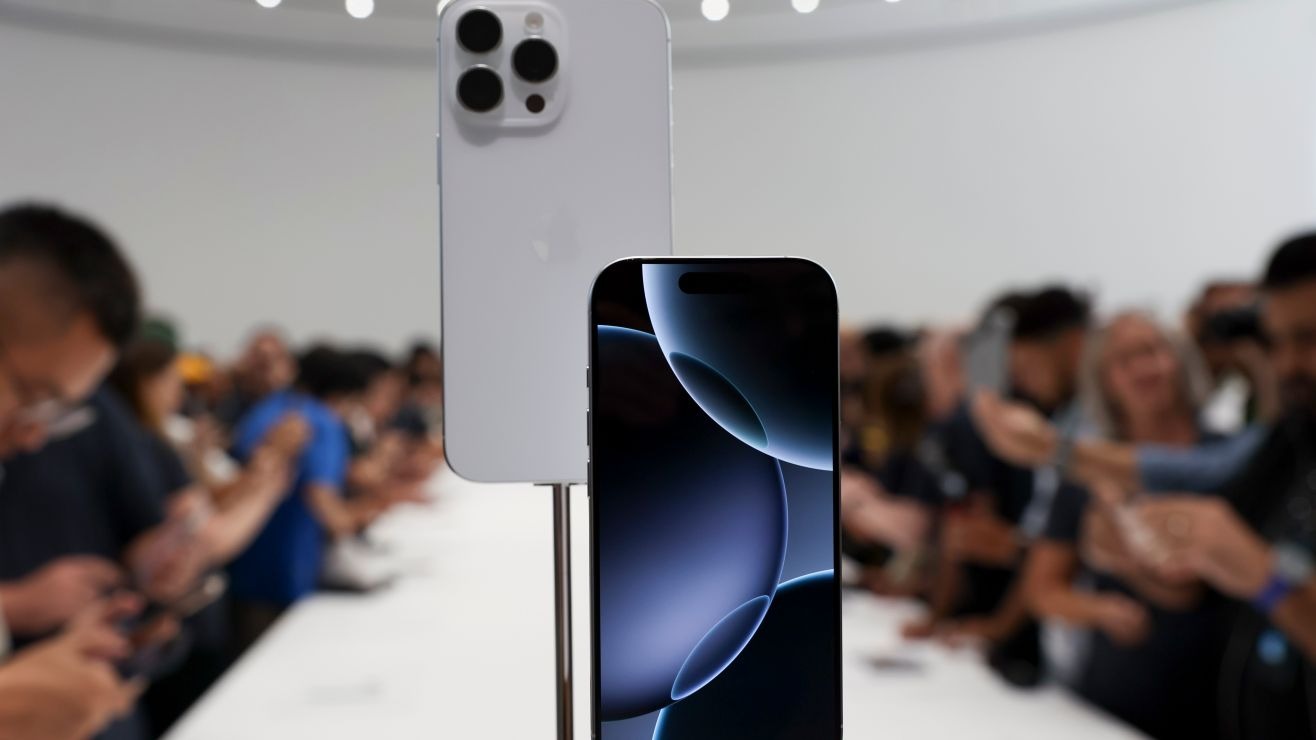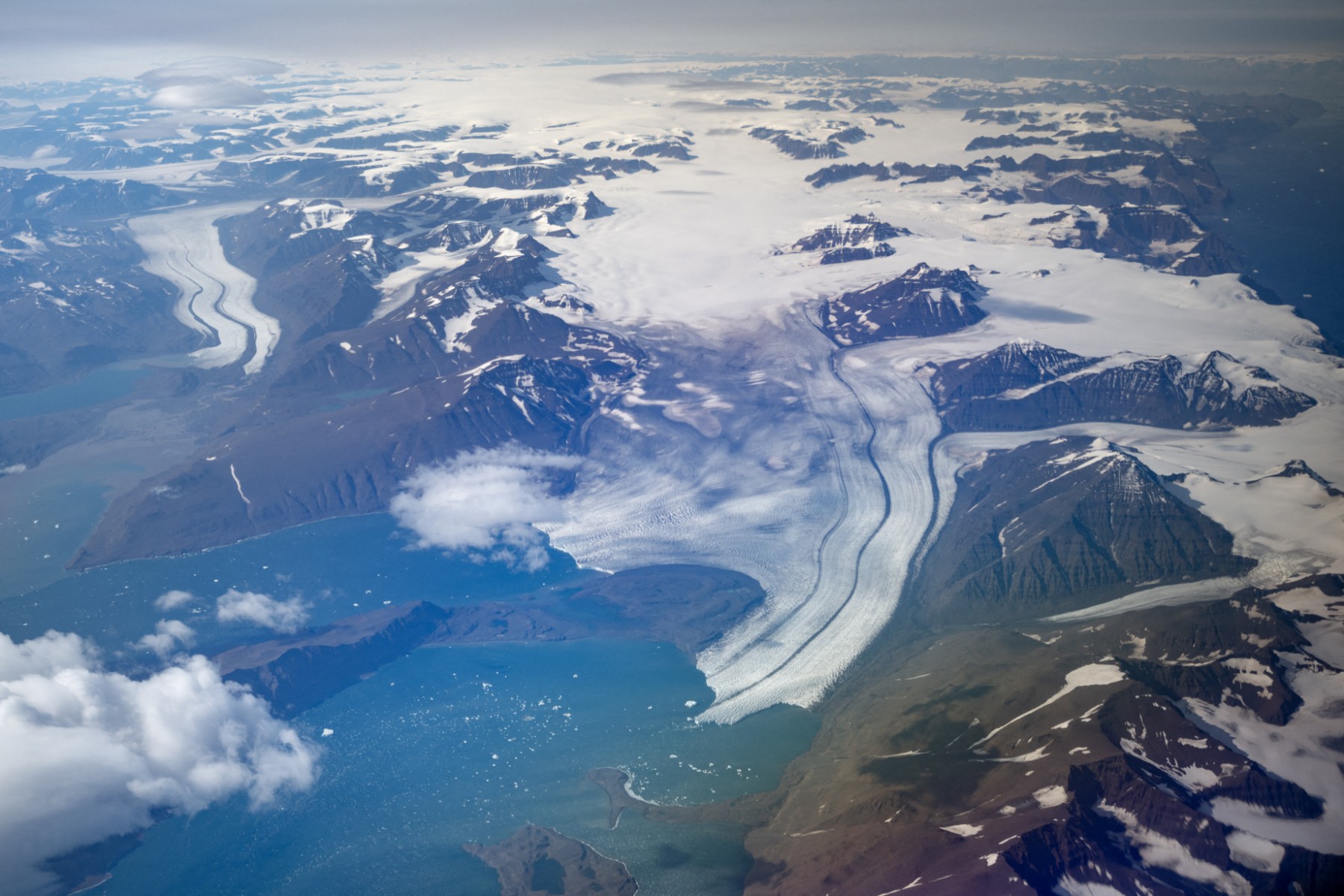[Estamos en WhatsApp. Empieza a seguirnos ahora]
When approaching Earth, asteroids tend to do one of two things: Most of the time, they pass by. Sometimes they collide, leaving a bright streak in our planet's sky or a scary new gas in its crust. But in very rare cases, asteroids are captured by Earth's gravity and orbit the planet, resulting in a moon, if ever transient.
A space rock, recently observed by NASA-funded ground-based telescopes, is set to temporarily become an additional lunar companion to Earth.
Asteroid 2024 PT5reported this month in the journal Proceedings of the American Astronomical SocietyIt is only 10 meters long. Astronomers estimate that between September 29 and November 25 it will orbit the planet before breaking free from its gravitational pull and flying into space.
Federica Spoto“It's pretty cool,” said an asteroid dynamics researcher at the Harvard Center for Astrophysics and a Smithsonian who was not involved in the study. He said the 2024 PT5's observations will improve scientists' knowledge of the types of space rocks that pass by Earth, including those that occasionally collide with it.
Asteroids that escape the Earth's gravity and orbit the planet for a short period of time are called minimoons. Being so small and fast, they are difficult to detect and properly identify. sometimes, They turn out to be artificial: The European Space Agency's Gaia spacecraft, dedicated to star mapping, was once mistaken for an asteroid. Surviving rocket parts also adopted this type of alter ego.
“Any time an object is found that resembles Earth's orbit, there's a chance we'll be recovering space debris,” he said. Raúl de la Fuente Marcosastronomer at the Complutense University of Madrid and co-author of the study. But, he said, the observations of 2024 PT5 “are a natural object, no doubt.”
The asteroid was discovered by the Asteroid Terrain Impact Last Warning System on August 7, or AtlasFunded by NASA. According to astronomers' predictions, the asteroid is about to make a two-month slingshot around the planet.
2024 PT5's possible origin story offers a strange plot twist. According to Milk SodasDirector of the Center for Near-Earth Object Studies at NASA's Jet Propulsion Laboratory, says the asteroid's motion in the past suggests that “it's a fragment ejected from an impact against the Moon.” In other words, Earth's new minimoon could be a tiny piece of the real moon.
Despite its possible lunar origin, the object does not technically count as a minimoon.
In general, an asteroid must complete a complete orbit around the Earth at least once; 2024 PT5 will form a horseshoe-shaped orbit. “It won't complete a full revolution of the Earth-Moon system this fall, so I'm not sure I can classify it as a minimoon,” he said. Lance BennerPrincipal Investigator of the Jet Propulsion Laboratory's Asteroid Radar Research Program.
True minimoons or not, Earth-orbiting asteroids like 2024 PT5 aren't just curiosities. Many contain precious metals that companies hope to one day mine.
“Every time you talk about asteroid mining, you're talking about mini-moons,” Spoto said. A metal-rich space rock orbiting the Earth—perhaps with the help of a future spacecraft to push it into position—would be an ideal target for these future seekers.
Planetary defense researchers are also intrigued by objects like 2024 PT5. They mainly focus on searching for near-Earth objects up to 140 meters in diameter, capable of destroying a city. To date, about 11,000 asteroids of this type have been identified A total of 25,000 is planned. But there is million Smaller, more threatening near-Earth rocks whose location is unknown are the type that can still cause widespread damage and loss of life if they hit a populated area.
Spoto said that the discovery of 2024 PT5 means that “Earth is surrounded by a busy highway.” Knowing where that traffic goes and how it goes is critical to 7 billion human beings.
By Robin George Andrews How to kill an asteroid A forthcoming book on planetary defense science.





:quality(85)/cloudfront-us-east-1.images.arcpublishing.com/infobae/KTKFKR763RBZ5BDQZJ36S5QUHM.jpg)